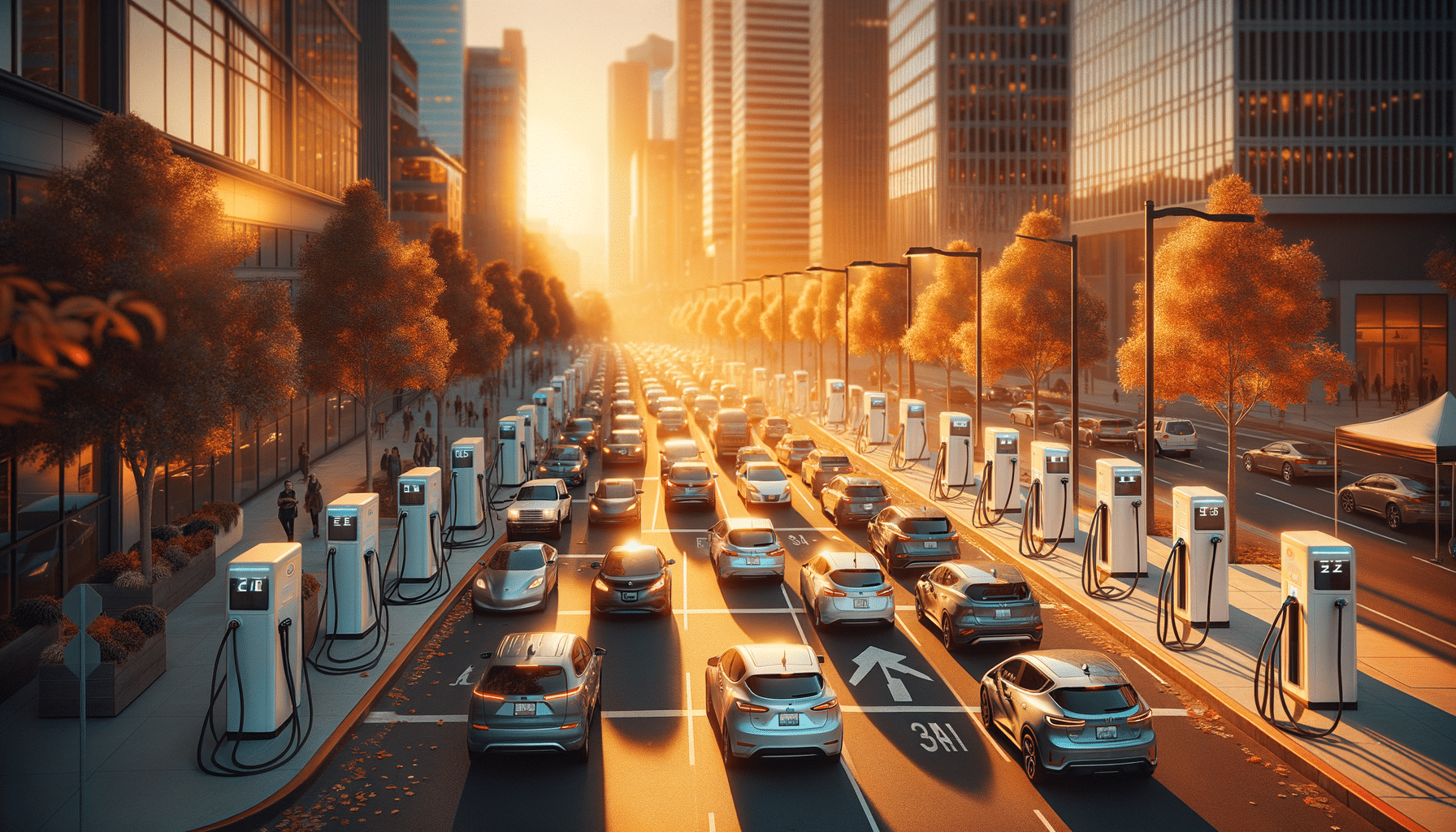
From Pickups to Plug-Ins: The Surprising Shifts in American Vehicle Preferences
Introduction to American Auto Trends
The American automotive industry has long been a reflection of the country’s spirit and identity. From the muscle cars of the 1960s to the dominance of SUVs and trucks, American auto trends have always encapsulated a blend of power, freedom, and innovation. However, recent years have seen a noticeable shift in consumer preferences and industry focus. This shift is driven by a combination of environmental concerns, technological advancements, and changing consumer values. As the world moves towards sustainable solutions, the American auto industry is not far behind, adjusting its gears to align with global trends while maintaining its distinct identity.
Electric Vehicle Market Shift
The electric vehicle (EV) market is experiencing unprecedented growth in the United States. Once considered a niche segment, EVs are now becoming a mainstream choice for many Americans. This shift is largely due to advancements in battery technology, which have significantly improved the range and affordability of electric vehicles. Furthermore, government incentives and policies aimed at reducing carbon emissions have played a crucial role in encouraging consumers to make the switch.
Several factors contribute to the growing popularity of EVs:
- Environmental Awareness: Increasing awareness about climate change and environmental sustainability is pushing consumers towards cleaner transportation options.
- Technological Advancements: Improved battery life, faster charging times, and enhanced vehicle performance have made EVs more appealing.
- Economic Incentives: Tax credits, rebates, and lower operating costs make owning an EV financially attractive.
As the infrastructure for EVs continues to expand, with more charging stations and service centers, the market shift is expected to accelerate even further, marking a new era in American automotive history.
Evolving Car Preferences
Consumer preferences in the automotive market are evolving rapidly. While SUVs and trucks have traditionally been the vehicles of choice for many Americans, there is now a noticeable trend towards more fuel-efficient and environmentally friendly options. This evolution is driven by several factors, including urbanization, changing demographics, and a shift in lifestyle priorities.
Urbanization has led to an increase in demand for compact and efficient vehicles that are easier to maneuver and park in city environments. Additionally, younger generations are prioritizing sustainability and technology over sheer power and size. This shift is reflected in the growing interest in hybrid and electric vehicles, as well as in the rise of car-sharing services and ride-hailing apps, which offer alternatives to traditional car ownership.
As these preferences continue to evolve, automakers are adapting by offering a broader range of models that cater to diverse consumer needs, ensuring that they remain competitive in a rapidly changing market.
Impact of Technological Advancements
The automotive industry is experiencing a technological revolution that is reshaping the way vehicles are designed, manufactured, and operated. Innovations in areas such as autonomous driving, connectivity, and artificial intelligence are transforming the driving experience and influencing consumer choices.
Autonomous vehicles, once a futuristic concept, are now becoming a reality. Companies are investing heavily in developing self-driving technology that promises to enhance safety, reduce traffic congestion, and improve fuel efficiency. Connectivity features, such as in-car Wi-Fi and advanced navigation systems, are becoming standard, providing drivers with a seamless and integrated experience.
These technological advancements are not only enhancing vehicle performance but also redefining consumer expectations. As technology continues to evolve, it will play an increasingly important role in shaping the future of the automotive industry.
Conclusion: The Road Ahead for American Automobiles
The American automotive landscape is in the midst of a significant transformation. With the shift towards electric vehicles, evolving consumer preferences, and rapid technological advancements, the future of personal transportation in the United States is poised for exciting changes. Automakers are adapting to these trends by innovating and diversifying their offerings, ensuring that they remain relevant in a competitive global market.
For consumers, this transformation presents an opportunity to embrace new technologies and sustainable practices, contributing to a cleaner and more efficient transportation system. As the industry continues to evolve, it will be fascinating to see how these changes unfold and shape the future of American automobiles.